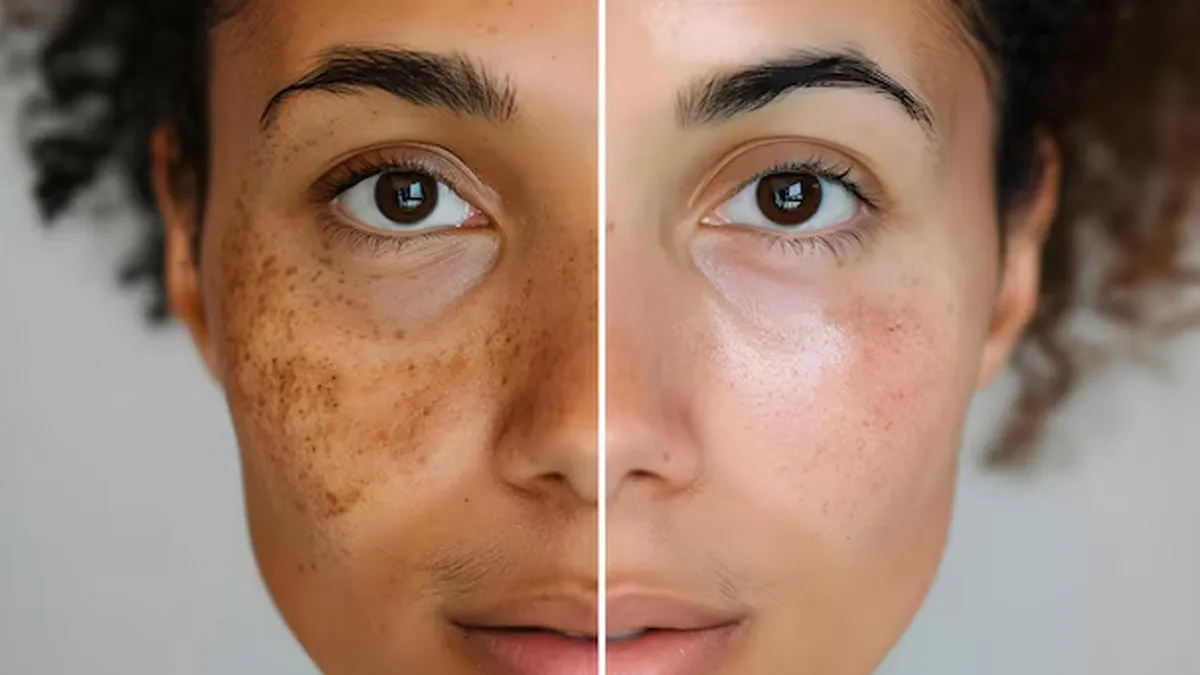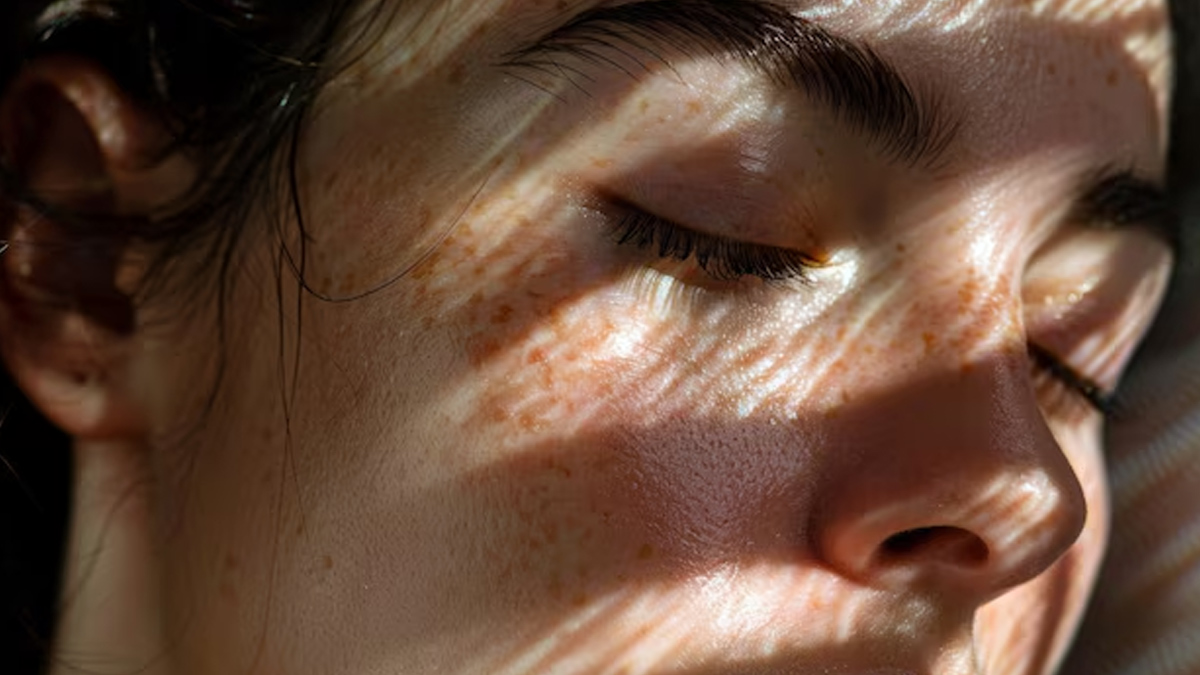
Time and again, we’ve heard experts and influencers emphasise the importance of sun protection. Not only does it help reduce sunburn and skin damage, but it also lowers the risk of premature ageing, dark spots, and uneven skin tone. Melasma, a common skin condition triggered by excessive sun exposure, appears as brown or gray-brown patches—most often on the cheeks, forehead, and nose.
Table of Content:-
While some sun exposure is important, particularly for supporting vitamin D synthesis, too much can do more harm than good.
Also Read: Can Natural Remedies Help Fade Melasma? Expert Answers
What Is Melasma?

Melasma, often referred to as the 'mask of pregnancy', is a skin condition that causes dark, brown, or greyish patches. It is most commonly linked to hormonal changes associated with pregnancy and birth control pills, and sun exposure, it can also be influenced by genetics, medications, and even certain medical conditions. Excessive sun exposure is also a common contributor.
According toStatPearls Publishing, people with darker skin types are more at risk of melasma than those with lighter skin types. Moreover, women are nine times more likely than men to develop melasma. It is prevalent in 15-50% of pregnant patients.
Why Is The Sun A Major Trigger For Melasma?
Excessive sun exposure is a common contributor of melasma. “Ultraviolet (UV) radiation stimulates melanocytes, leading to increased melanin production,” explains Dr Nidhi Singh, Consultant Dermatologist, Gleneagles Hospital, Chennai.
Speaking with the OnlyMyHealth team, she warns that sun exposure can exacerbate existing pigmentation and can trigger new patches. “Even brief exposure to sunlight can worsen melasma, making sun protection essential in both prevention and management.”
Tips For Maximum Sun Protection

Unfortunately, many people remain unaware of how important sun protection is, especially when it comes to preventing and managing melasma.
Dr Singh advises using a broad-spectrum sunscreen with an SPF of 50 or higher to reduce melasma. She says that it offers protection against both UVA and UVB rays, which is a key thing to consider.
Sunscreens containing physical blockers like zinc oxide or titanium dioxide are ideal, the doctor added, sharing that tinted sunscreens with iron oxides are especially beneficial, as they also shield against visible light, which can contribute to pigmentation.
Although it is established that melasma often gets worse with sun exposure, many people with melasma aren’t fully aware of how to protect their skin. In a small study, only five out of 21 participants reapplied sunscreen every two hours, which is the recommended amount.
Interviews showed that most didn’t realise how everyday sun exposure affects their skin or how to use sunscreen properly.
Also Read: Melasma On Cheeks: Is Sun Exposure To Blame?
Can Melasma Go Away Completely?

According to Dr Singh, melasma can fade significantly and become well-controlled with consistent treatment and strict sun protection. “However, it is often a chronic and relapsing condition,” she says.
Long-term management and avoidance of triggers are key to preventing recurrence and maintaining clear skin.
Clinical treatments include topical agents such as hydroquinone, azelaic acid, kojic acid, retinoids, and chemical peels like glycolic acid. Advanced options include laser therapy and microneedling for resistant cases. Natural agents like licorice extract, vitamin C, and niacinamide can help, though they are best used under dermatologist guidance.
Conclusion
Melasma can be stubborn, but with the right care, it is manageable and can fade over time. Staying consistent with sun protection, using treatments that work for you, and being mindful of triggers can make a big difference. Even small things, like reapplying sunscreen or wearing a hat on a sunny day, can help keep dark patches in check. Consulting a dermatologist can further improve overall skin health, which in turn may benefit melasma treatment.
Also watch this video
How we keep this article up to date:
We work with experts and keep a close eye on the latest in health and wellness. Whenever there is a new research or helpful information, we update our articles with accurate and useful advice.
Current Version